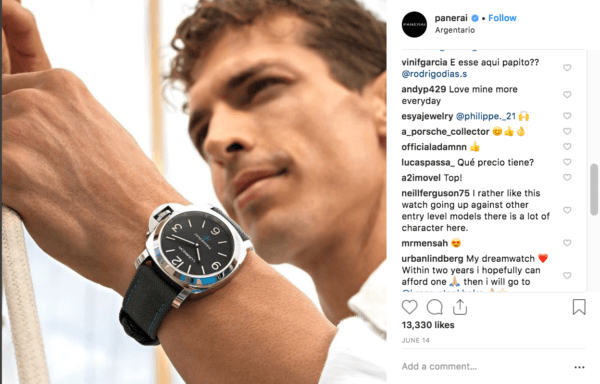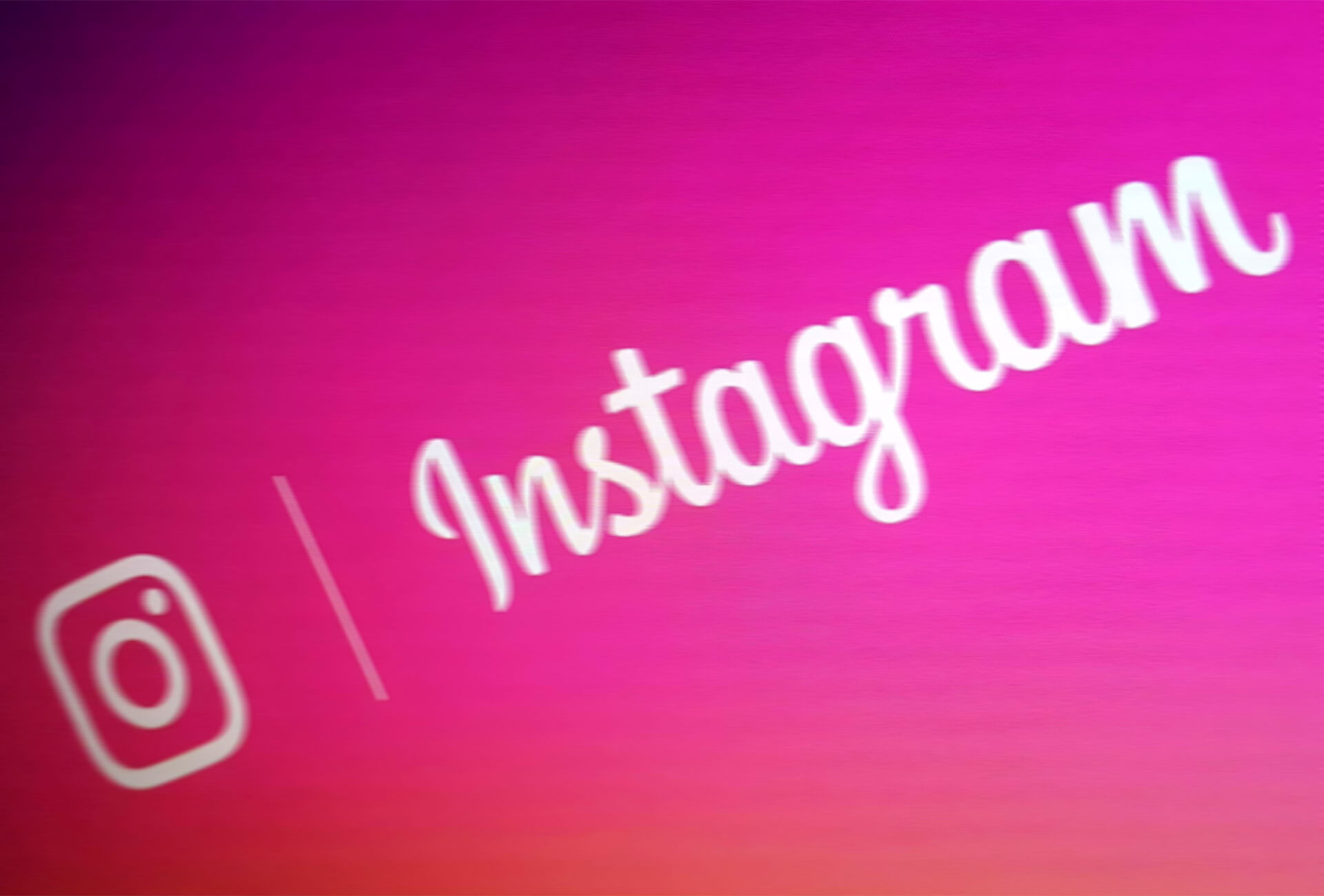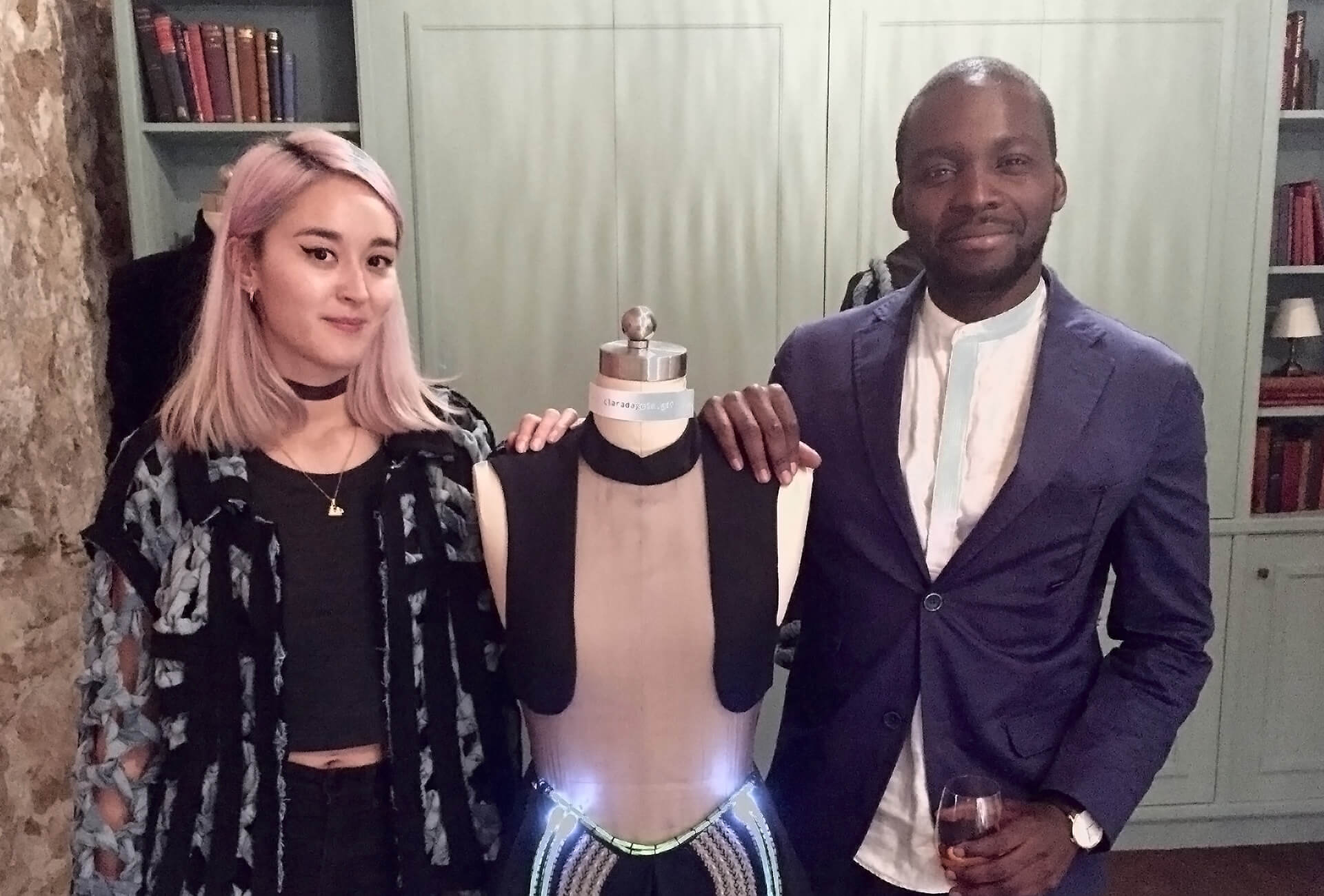Instagram is a powerful tool. It is where the most recent scandal in the luxury industry, involving Dolce & Gabbana, escalated. Following the release of controversial ads, user @michaelatranova engaged a conversation with Stefano Gabbana about the perceived insensitivity and racism of the campaign. Diet Prada, a fashion watchdog, posted screenshots of the conversatoin and the story went viral on WeChat and Weibo.
This goes to show that, more than a display of products, Instagram is a system of adherence to the values and politics of a brand. This is important for the Fine Watchmaking industry, knowing that acquisition of a timepiece goes far beyond buying a product. There is a sense of belonging to the brand, its values and its know-how that represents a crucial element in the final decision-making and purchase. This is why watches are often passed down from generation to generation as an heirloom.
The fact there are more than one billion active users isn’t the only thing that makes Instagram an important tool. A brand wishing to stay relevant online and offline needs to know how to properly use the social platform, and what it can bring them. Which is?
Instagram as a perception of reality
This simple idea sums up Instagram’s success. Instagram is the expression of a moment, via the posting of a photograph, and of an emotion, via its caption. This is important for luxury communication: Instagram becomes a way to bring together in one post the desirability of luxury, and the reality of the object, its technical functions, its mechanics. A. Lange & Söhne’s Instagram page does just that. It creates desire through images of beautiful watches, or parts of them, while copy focuses on the technical aspects, such as the watch’s date display, complications, subdials, etc. To make sure it covers a watch in detail, posts are divided into series with each episode focusing on one aspect of the watch.
Audemars Piguet’s “savoir-faire” account is another good example. It was created to show the ins and outs of watchmaking, the behind-the-scenes of production, and features beautiful imagery of working movements or designers drawing new watches. Captions give more context about the image, the featured product and its specificities. Audemars Piguet has tapped into a rising trend of #watchporn, where people enjoy seeing the product in action and learning more about it. The strategy has paid off: the “savoir-faire” page has 1.6 million followers; that’s 1.3 million more than the brand’s account.
An inclusive platform
Let’s step into the real world for a second and head for Paris and Avenue Montaigne whose luxury stores are a popular attraction for Parisians and tourists alike – the vast majority of whom will window-shop but never actually step inside. There is an exclusivity factor to these stores that doesn’t apply to Instagram. In fact Instagram’s inclusivity is one of the reasons why, on average, luxury watch brands took longer to join. Rolex and Patek Philippe waited until 2017 and 2018 respectively to sign up to Instagram. Richard Mille, of the eponymous brand, commented that, “It’s amazing to see how the impact of social media on luxury goods has expanded over the last few years.”
Anyone who owns a smartphone, tablet or computer can “step inside” Instagram. The social platform builds layers of communities, from the most important celebrities with verified accounts to aspiring consumers or fans and passers-by. It can generate massive virtual queues of followers without damaging the experience for VIP clients. It allows the brand to show off, makes it familiar and relatable, and creates desirability without ruining its image. Panerai is a great example of a brand that has successfully built a massive online community around its Instagram page, ranging from fans who will never be converted into customers, to aspiring consumers expressing their interest, to Panerai buyers asking for information about the product – often the price. These layers of community go on to meet outside the official Panerai page, on fan-run pages such as Panerai Central.

Active 24/7, Instagram offers its users a continuous flow of communication that they cannot get in the real world. It acts as a virtual store where different layers of community can interact with the content and the brand without, as mentioned, diminishing its value. It can build up a brand just as it can cause its downfall – which it did, to some extent, with Dolce & Gabbana. Beyond this, new private group features such as the recently launched “close friends” circles give watch fans the ability to comment, discuss and debate beyond brand content. And it’s there, in those private groups, that the public reputation of the brand is made.












